Transport in New Zealand
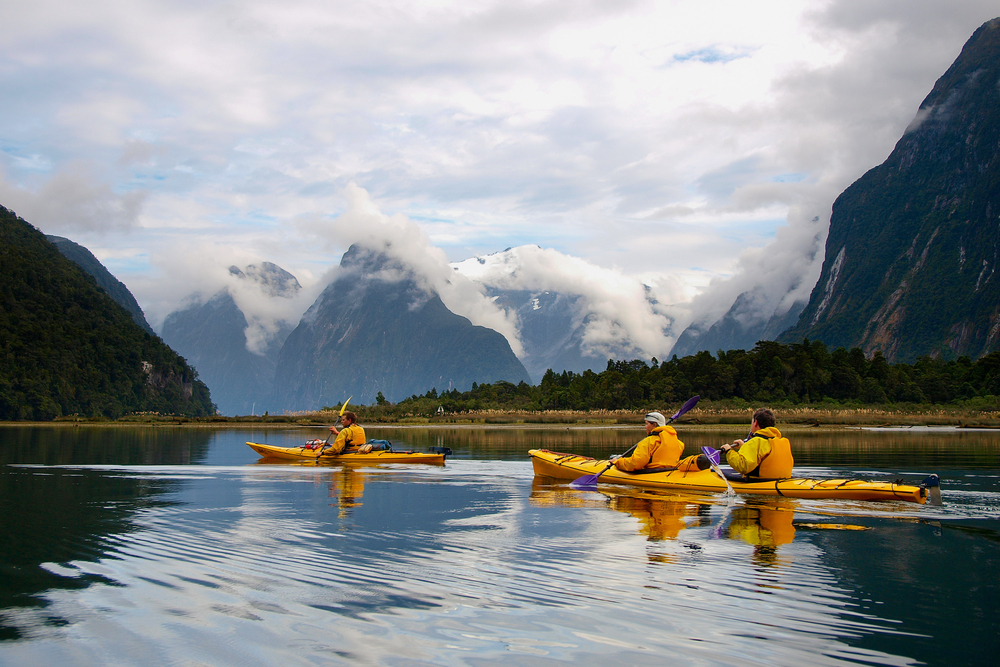
Hitchhiking and buying a vehicle
The cheapest form of transport is hitchhiking (because it’s free). It’s legal and quite easy to do in New Zealand. For more information, including safety tips, check out our guide Hitchhiking in New Zealand.
If you’re planning to buy a vehicle, we recommend you take a look at our guide on buying a car or a van in New Zealand. Note that the prices of cars and vans specially designed for backpackers rise around October and November and fall considerably in June, July and August. This is because many backpackers arrive and buy their vehicles when summer starts, then sell it on in May or June before the start of winter.
If you buy a vehicle, you should also take into account the additional costs you may have to pay for its maintenance. Even if you’ve been sold a vehicle that’s supposed to be in very good condition, you’re going to have to spend some money on roadworthiness tests (the Warrant of Fitness or WOF costs around $75 and needs to be carried out every 6 months to a year).
You should also bear in mind that you may have to repair or replace parts on your vehicle. Wherever possible, it’s a good idea to budget an extra $1,000 for possible repairs. Other example costs to budget for: an oil change for about $150-$175 or a new tyre for approximately $150-$275 (tyre and installation). Generally speaking, the prices quoted by garages do not include GST, the tax equivalent of VAT. You will have to pay an additional cost.
Fuel
There are two types of fuel in New Zealand: petrol and diesel. Petrol is taxed directly at the pump. There is a clear difference in price between the two types of fuel at petrol stations, so you might think it is more economical to buy a diesel vehicle. However, diesel vehicles are subject to taxes that have to be paid for every 1,000 kilometres driven. In the end, whether the taxes are paid directly at the pump or via this kilometre tax, the prices remain more or less the same, at around $2.77 per litre of petrol.
To find out the national average, visit Pricewatch and Gaspy to find out the current prices based on region. Note that petrol prices are higher on the South Island than on the North Island. Also, with older vehicles that have already travelled quite a bit (a campervan, for example), fuel consumption is much higher than with a brand new car.
Fuel discounts: how to pay less for fuel
Supermarket chains regularly offer discounts on fuel if you spend a certain amount in store. You usually need to buy petrol from the petrol station attached to or located near the supermarket, and you’ll need to spend your fuel vouchers within 10 to 30 days, depending on the T&Cs of the offer.
AirPoints
You can link your Airpoints number to the Caltex app to receive a discount at Caltex petrol pumps. The standard discount is 6 cents off each litre of fuel, but this raises to 10 cents on Wednesdays. You’ll also earn Airpoints Dollars each time you fuel up. Learn more.
Mobil and Allied cards
These cards are available free of charge from Mobil and Allied petrol pumps. They entitle you to a 6 cent discount per litre at the pump.
Everyday Rewards
Thanks to this app, not only will you receive discounts on your shopping at Woolworths, you will also save 6 cents per litre of petrol (and 10 cents on Wednesdays) at BP petrol stations. You can also earn free coffees and car washes.
[/postit]
Ferries
If you want to travel between the North Island and the South Island, you should take the ferry, as it is usually cheaper than flying (and you can bring your vehicle). The two ferry companies are Bluebridge and Interislander. Both offer more or less the same prices and services, though Bluebridge can be slightly cheaper. It’s possible to get discounts through memberships at participating hostels, campsites, or with companies like the AA.
Here are a few examples of ferry prices:
- One person (one-way), non flexible dates: from $78.
- A car (or a van) + one person (one-way), non flexible dates: from $250.
- A van over 5.5 metres + one person (one-way), non flexible dates: from $290.
Note that any additional passenger in a vehicle pays the price of a single person ticket.
Buses
Bus fares vary from company to company and from destination to destination. To give you an idea, an Intercity Auckland-Wellington journey starts from $61. Intercity offers certain journeys from $1 (plus booking fees of around $5) for those who book in advance. Intercity also offers Flexipasses with a certain number of bus hours that you can use whenever you want. There are obviously some limits (you can’t make the same journey twice on certain packages, for example). Here are the approximate costs of these passes:
- 10h – $140
- 25h – $249
- 60h – $518












 Français
Français English
English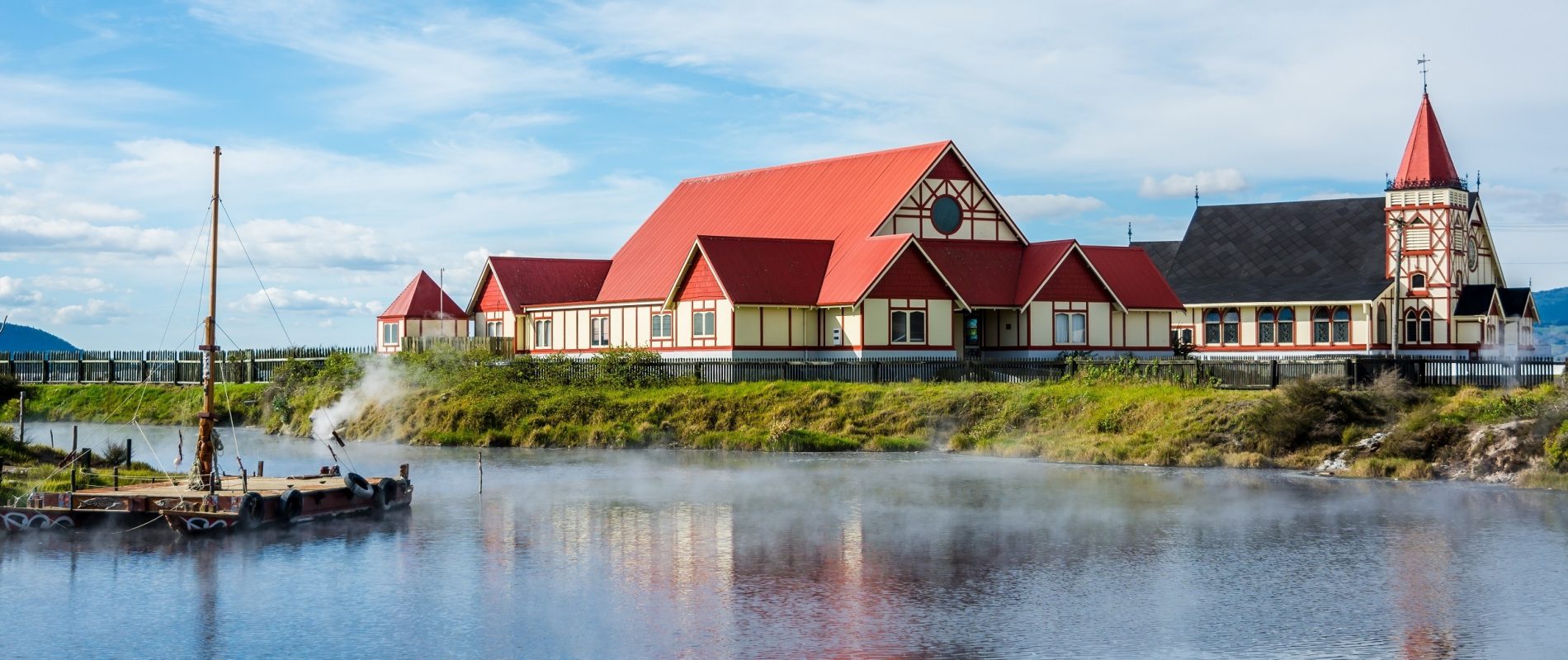


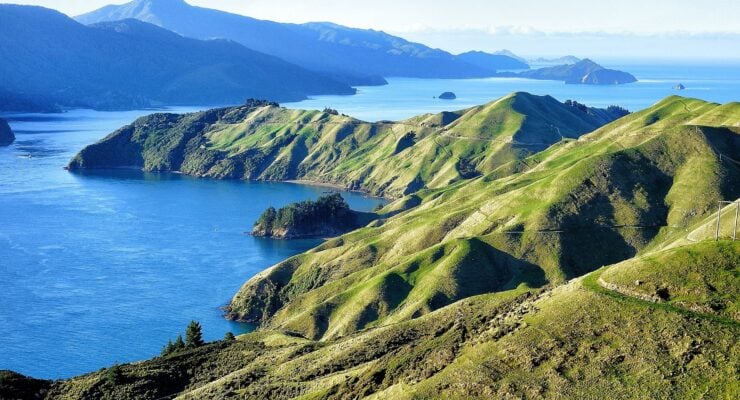
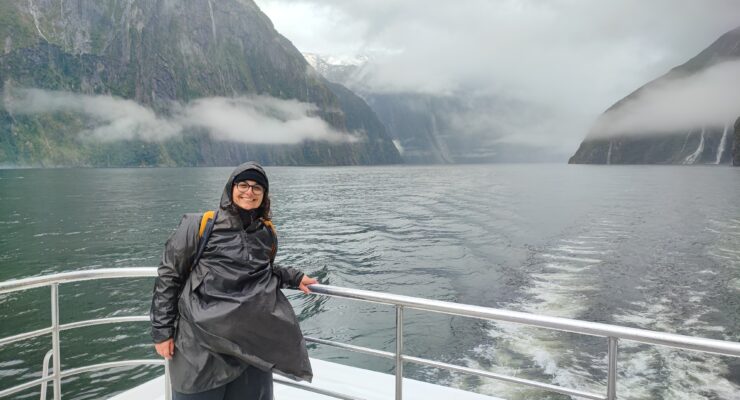
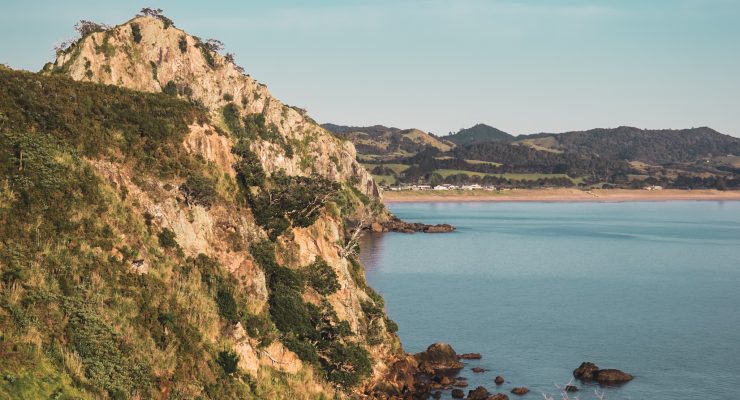
0 comments
{{like.username}}
Loading...
Load more